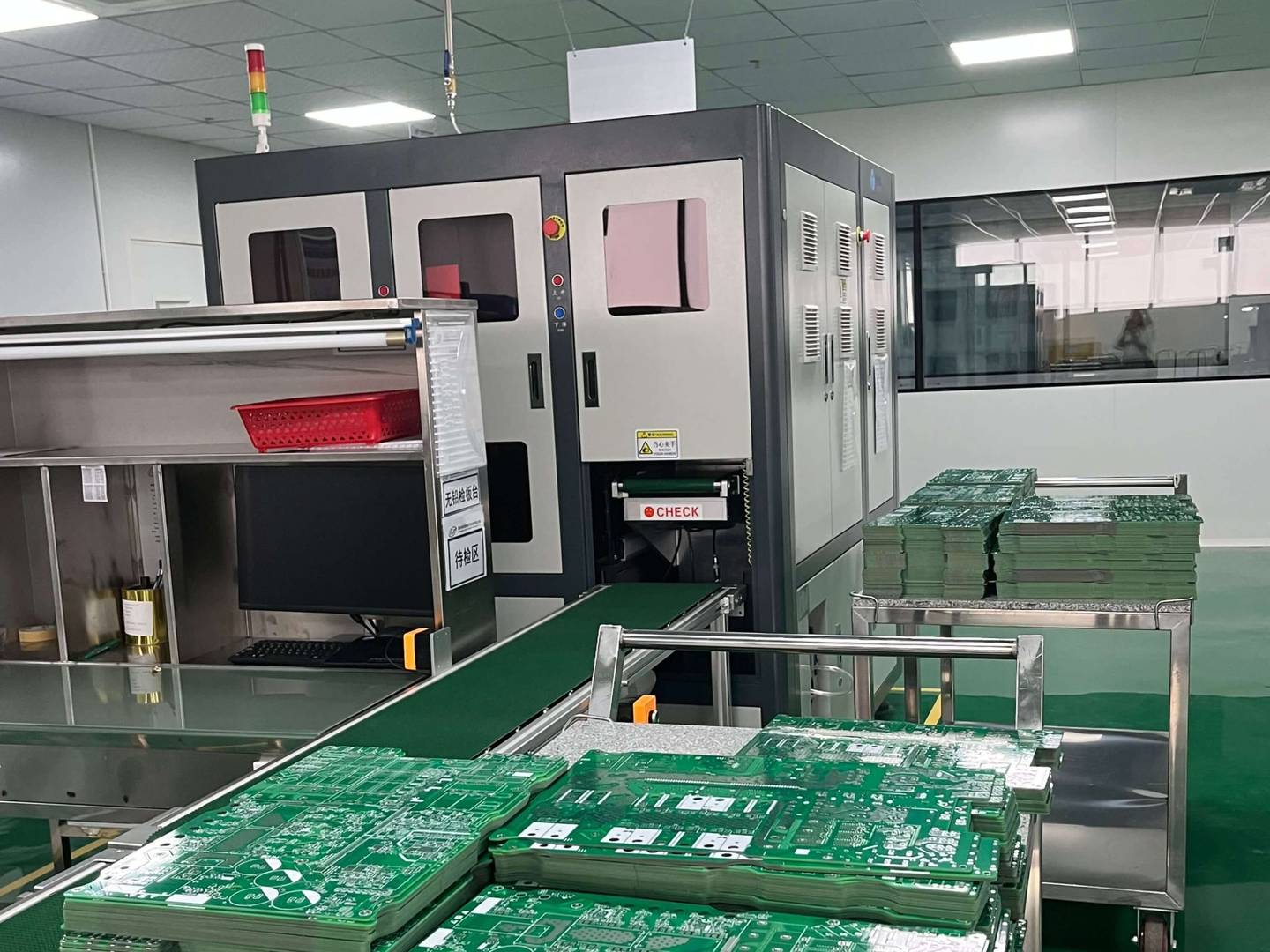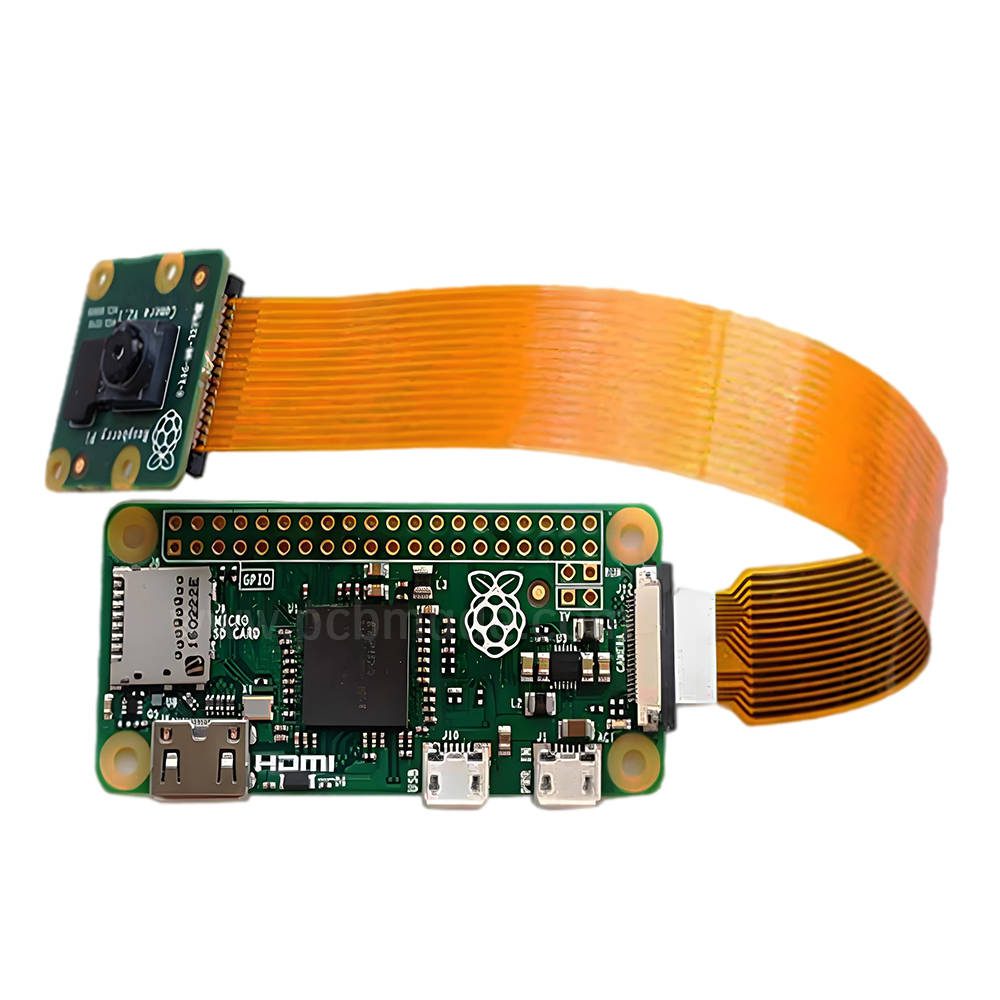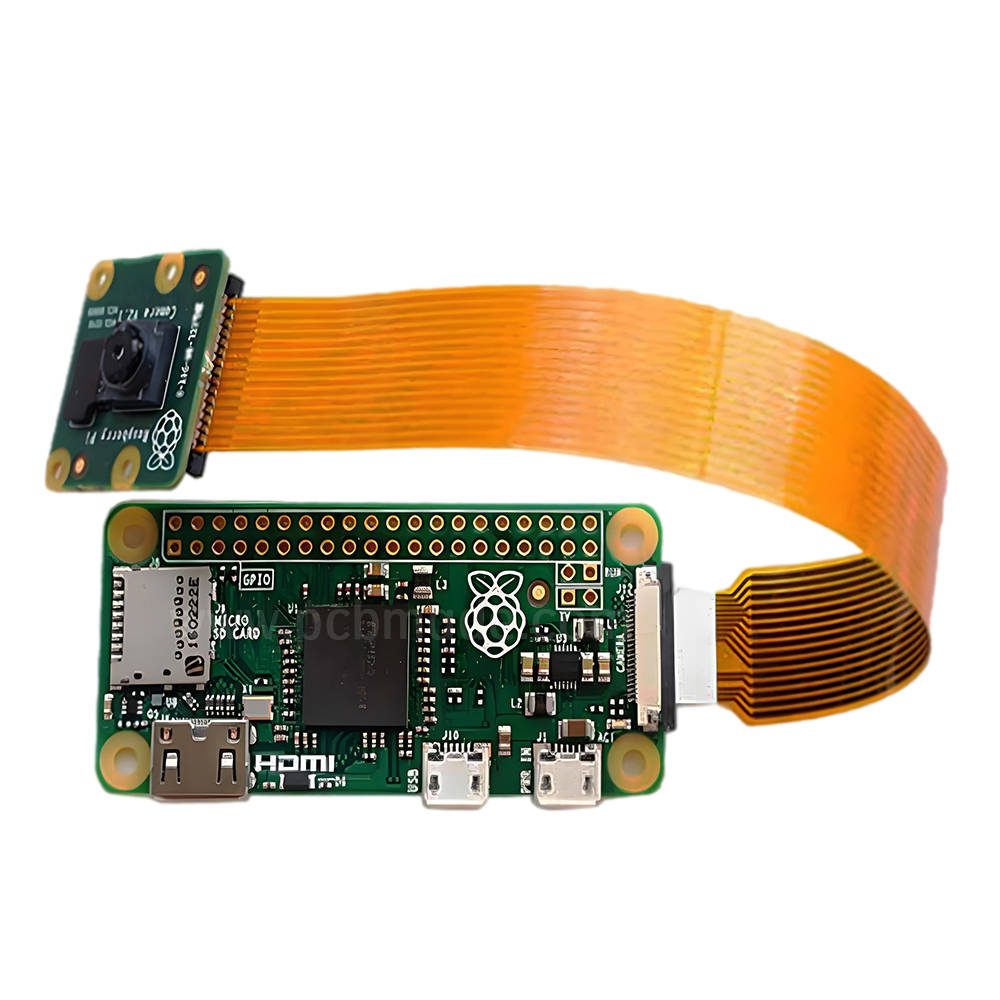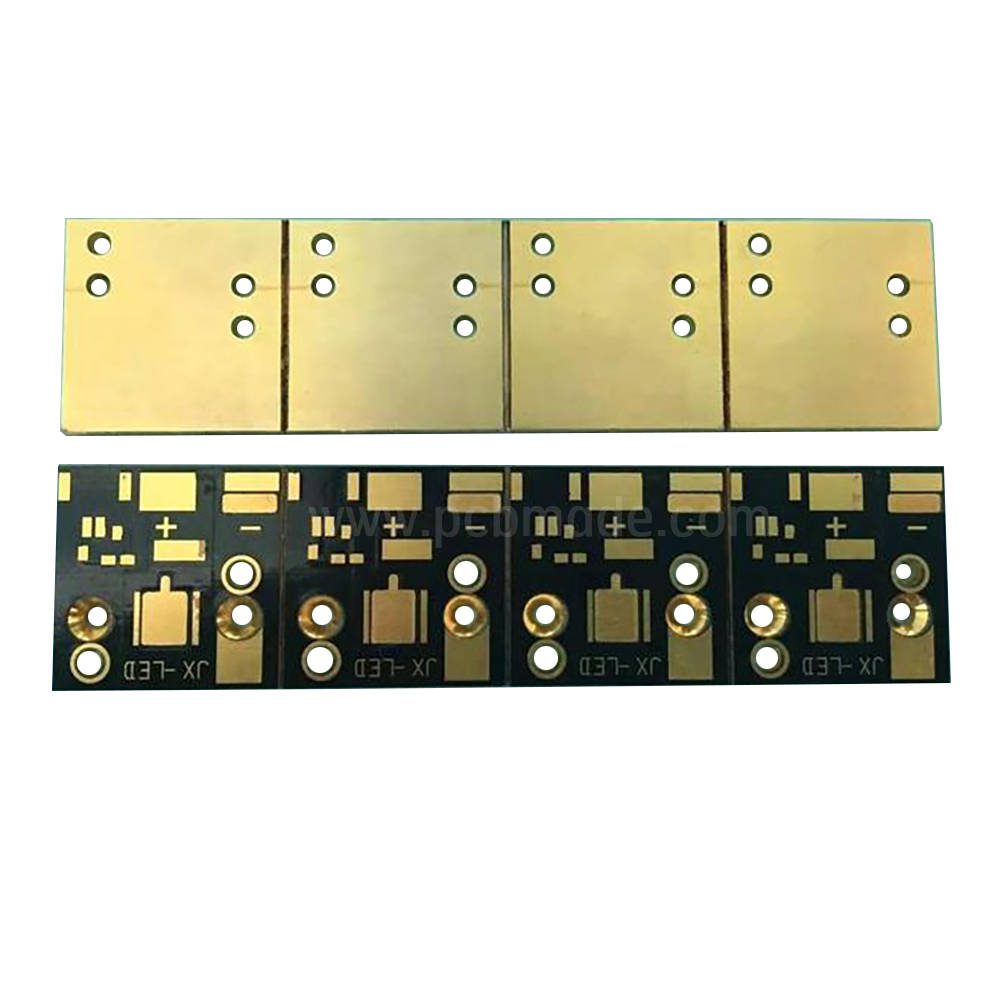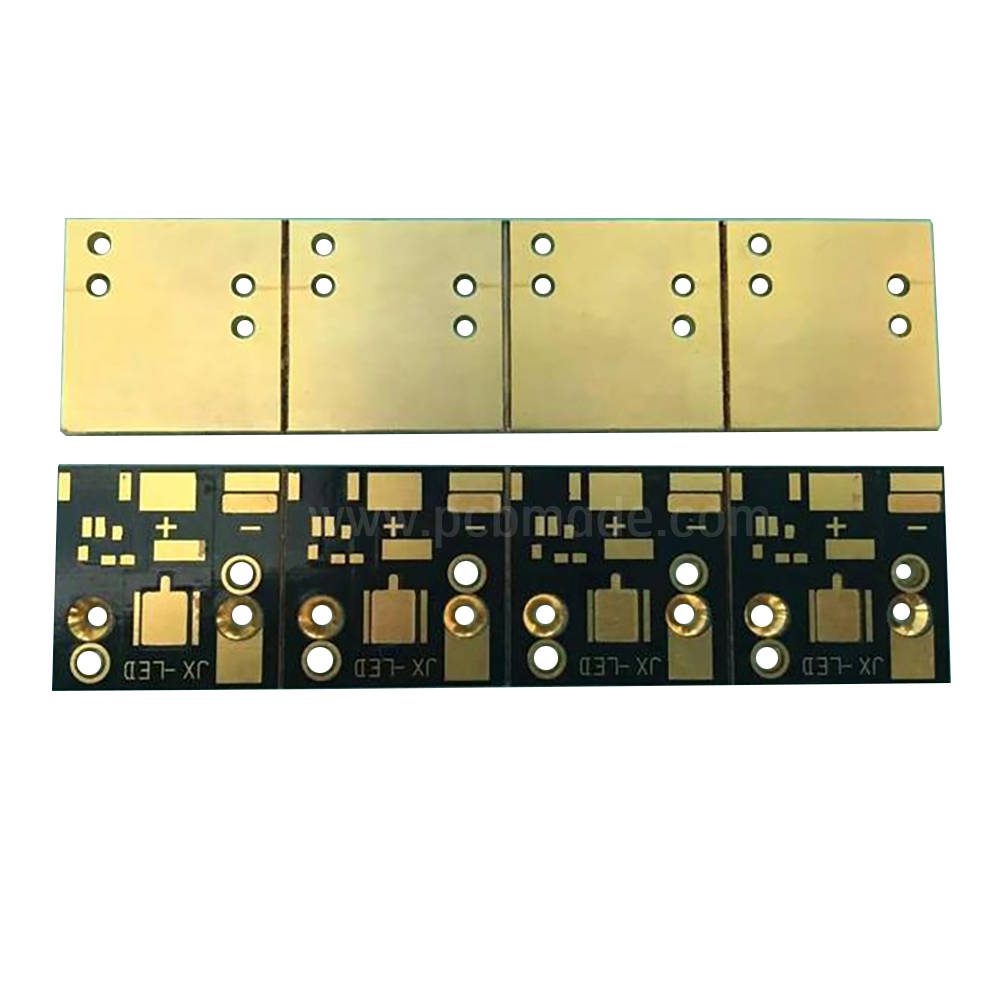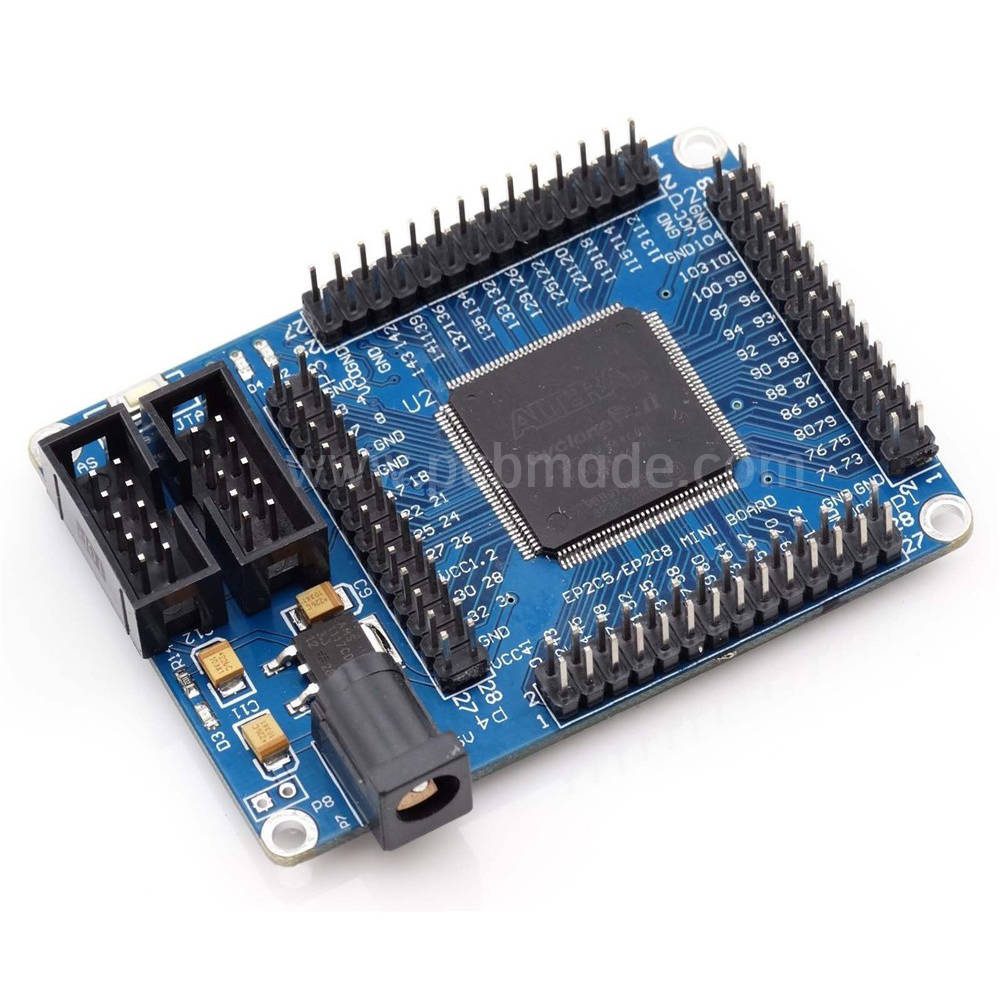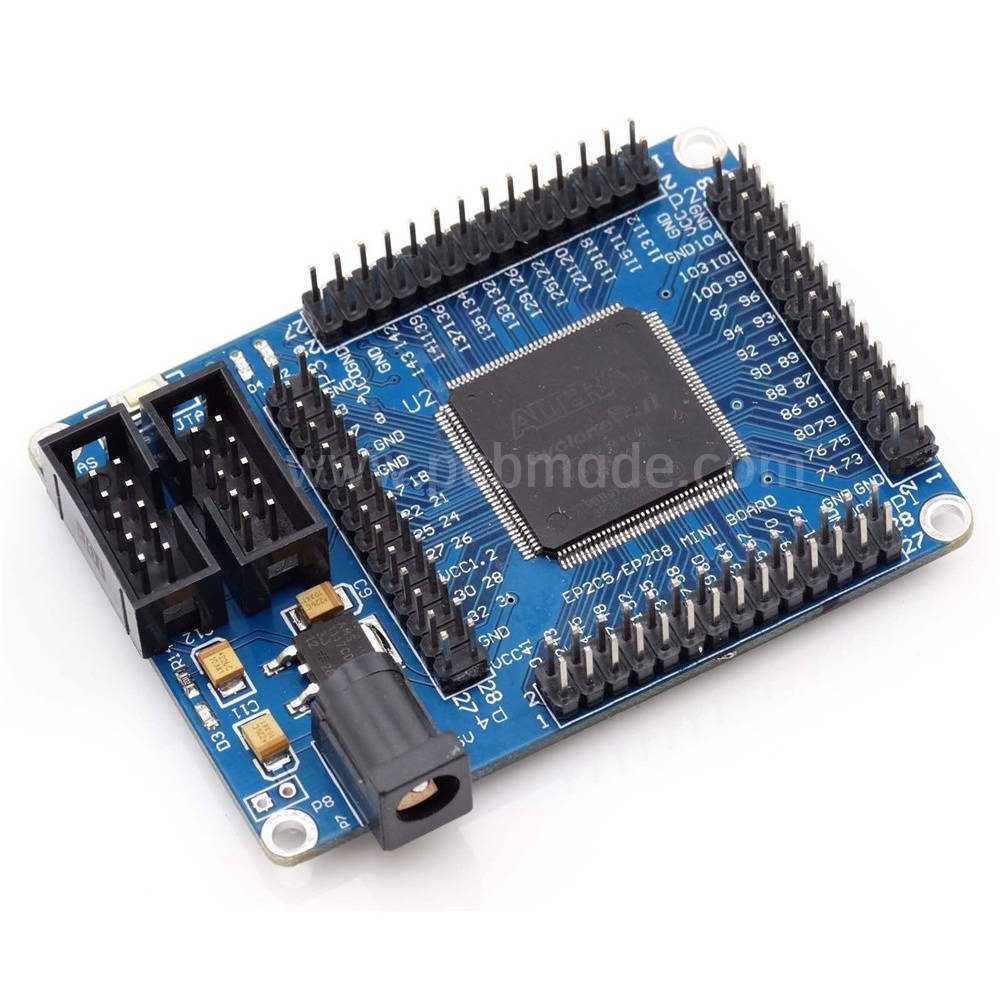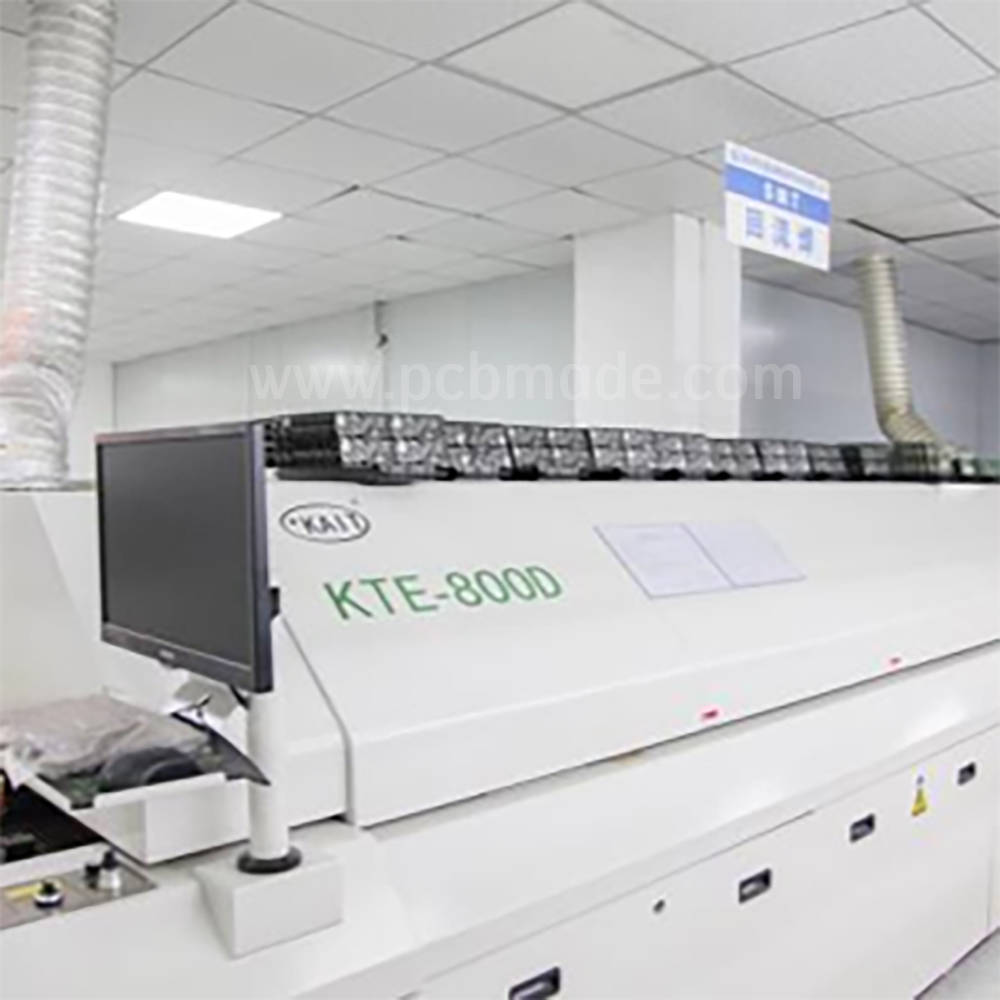The optimization of the wiring scheme for motor driven PCBs and the calculation of peak current are crucial in electronic devices. This article will provide a detailed introduction on how to optimize the wiring scheme of motor driven PCBs, and explain the calculation method of peak current to help readers better design and use motor driven PCBs.
Firstly, we need to understand the importance of the wiring scheme for motor driven PCBs.
A reasonable and optimized routing scheme can minimize the voltage drop on the circuit board, reduce power consumption, and improve the efficiency and stability of the circuit. In the design of motor drive PCB, it is also necessary to consider the principle of signal and power separation, and separate the signal line and power line through the wiring layer to avoid mutual interference. In addition, power consumption and noise can be reduced by adding capacitors near the power supply and using current sensors.
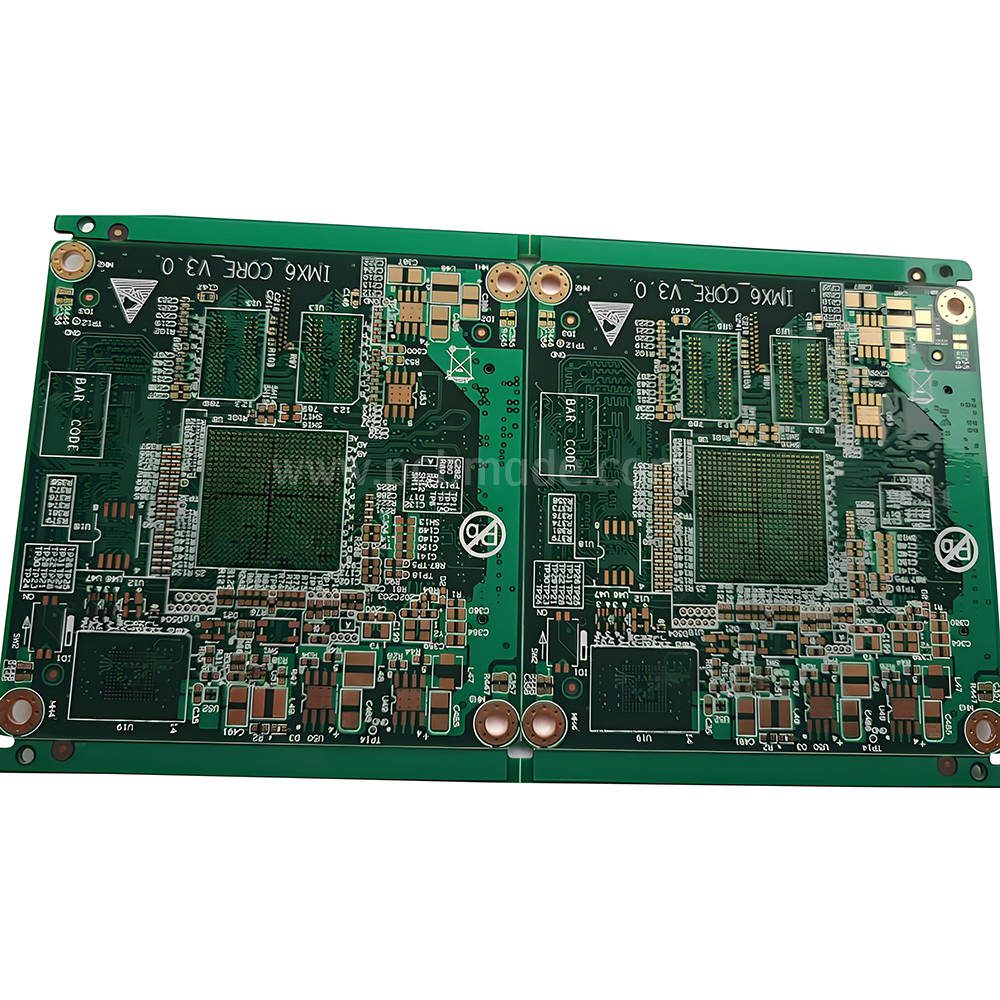

Next, let’s talk about the calculation method of peak current.
Motors usually generate peak current during start-up and operation, which is the maximum current required by the motor. Accurately calculating peak current is crucial for the design of motor driven PCBs. The calculation of peak current can be performed using the following formula:
Peak current=rated current x starting factor
Among them, the rated current is the rated working current of the motor, and the starting coefficient is determined according to different types of motors. The starting coefficient is generally between 2 and 3 times the rated current.
By implementing a reasonable wiring scheme and accurate peak current calculation, we can avoid issues such as circuit board overload and insufficient power. At the same time, it can also help us design more efficient and reliable motor drive PCBs.
In practical applications, on the basis of optimizing the motor drive PCB routing scheme, we can also take other measures to further improve circuit performance. For example, selecting appropriate motor driver ICs and power modules, increasing heat dissipation design, and improving circuit lifespan and stability. In addition, for motor drive PCBs with special requirements, we can also consider adding functions such as overcurrent protection, overheating protection, and short circuit protection to improve the safety of the circuit.
In summary, optimizing the wiring scheme of the motor driven PCB and accurately calculating the peak current are key to designing efficient circuits and reliable motor driven PCBs. Only with a reasonable wiring scheme and accurate peak current calculation can we design a motor drive PCB that meets the requirements, while improving the efficiency and reliability of the circuit.
I hope that through the introduction of this article, readers will have a deeper understanding of the optimization of wiring schemes and peak current calculation for motor driven PCBs, and be able to apply this knowledge in practice to design better motor driven PCBs, providing support for the stable operation of electronic devices.


